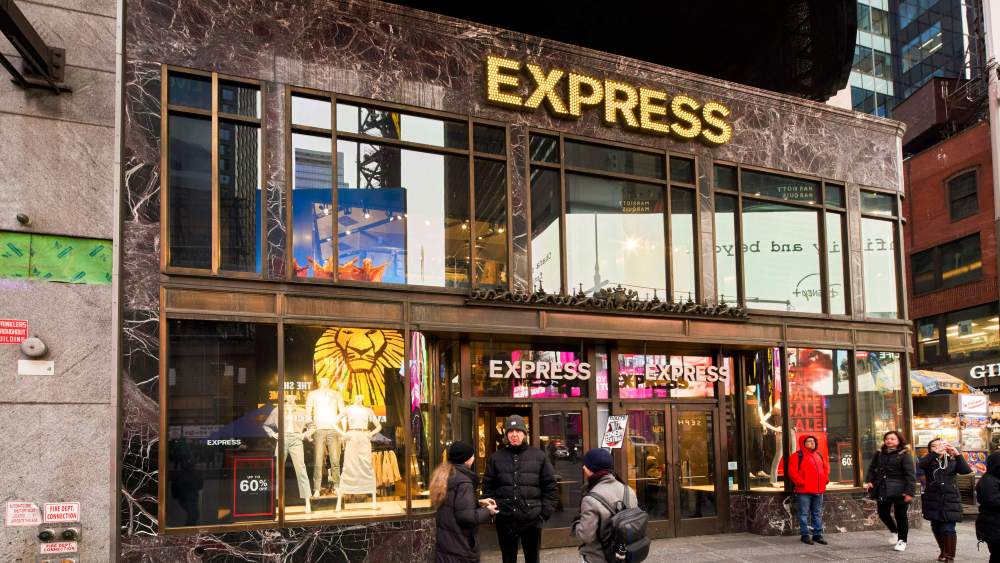Extensive store closings announced by Express, Rue21, CVS and Macy’s make for big headlines, yet in actuality, the U.S. retail landscape is stable.
That’s a key takeaway from a Coresight Research report issued a few days ago showing this year’s pace of store closings is on a track similar to last year’s, reflecting “normalizing” trends among retail chains.
“In all respects, 2024 is a reasonably typical year. For all the noise about retail apocalypses, store chains since the end of COVID are on a net opening front in the U.S.,” Bryan Gildenberg, analyst at Coresight, told WWD.
Coresight issues weekly reports on retail chains’ opening and closing stores based on information from company announcements and real estate firms, and by collaborating with ChainXY, a platform providing location data for businesses. Thousands of chains are tracked.
As of week 19 of 2024, Coresight reports there were 3,692 announced openings versus 3,171 store closings.
Year to date, in 2024, major U.S. retailers have revealed 4.1 percent fewer openings and 23.8 percent more closures compared to the same time last year, Coresight reported.
Based on the 3,000-plus closings thus far this year, with about half the year over it could appear that the rate of closings is higher than in 2023, when about 5,000 stores closings were announced. However, as Gildenberg pointed out, “Most store closings tend to be front-loaded earlier in the year, so it really feels like we are probably on pace to where we ended up last year.”
According to Gildenberg, brick-and-mortar retail in the U.S. underwent a “repositioning” in the years right after COVID-19. The rate of permanent closings during the pandemic was “pretty severe at almost 10,000 in each of those years,” he said. But factoring in store openings, the net store count was approximately down 5,000 to 6,000 in those years, he added.
Regarding the comings and goings in retail, “There are similarities between 2023 and 2024,” Gildenberg observed. “About a third of the closings are from chains closing most of their stores in both years,” including some that went bankrupt or liquidated entirely, such as Bed, Bath & Beyond.
Recently, Walgreens, CVS and RiteAid have been among the retail chains disclosing the highest numbers of store closings. “Some of that is related to shrink. It’s also related to the economics of the pharmacy industry. Pharmacies are trying to become more profitable by trying to run more prescriptions per store to reduce the store count.”
CVS has closed about 600 stores since 2022 and sees shutting 300 more in 2024. Last summer, Walgreens said it will close 150 stores in the U.S., and 300 in the U.K., and lay off hundreds of workers. Rite Aid plans to close more than 50 stores soon, on top of the 200 or so store locations closing since the pharmacy filed for bankruptcy last fall.
On the discount side, Family Dollar plans to close 600 locations this year, and another 370 stores over the next several years as store leases expire. And 99 Cents Only Stores, operating discount stores in California, Texas, Arizona and Nevada, plans to close all 371 locations. According to Gildenberg, the closings in the discount channel are due to the economic pressures stemming from inflation. “The low-income shopper has really struggled and product costs have gone up faster than the discounters can pass the higher costs onto their shoppers,” he said.
While certain retailers have noted that their customers are trading down to cheaper alternatives in their stores, or to lower-priced competitors, Gildenberg said, “The lower-income consumer under pressure trades out more than trades down.”
Among the chains opening many stores this year are TJX Cos. with 99 openings slated; Ross Stores at 83 openings slated, and Tractor Supply, with 80 planned new units.
But also on the down side, Rue21 filed for Chapter 11 bankruptcy on May 2, and will close all 543 of its stores over the next couple of months. Sam Ash plans to close all 42 of its music stores. And Macy’s announced there would be about 150 department store closings.
While Coresight’s research omits boutiques and mom-and-pop shops, its survey nevertheless takes in a big enough field of retail chains to get what it considers a good reading on the state of retail brick-and-mortar generally.



